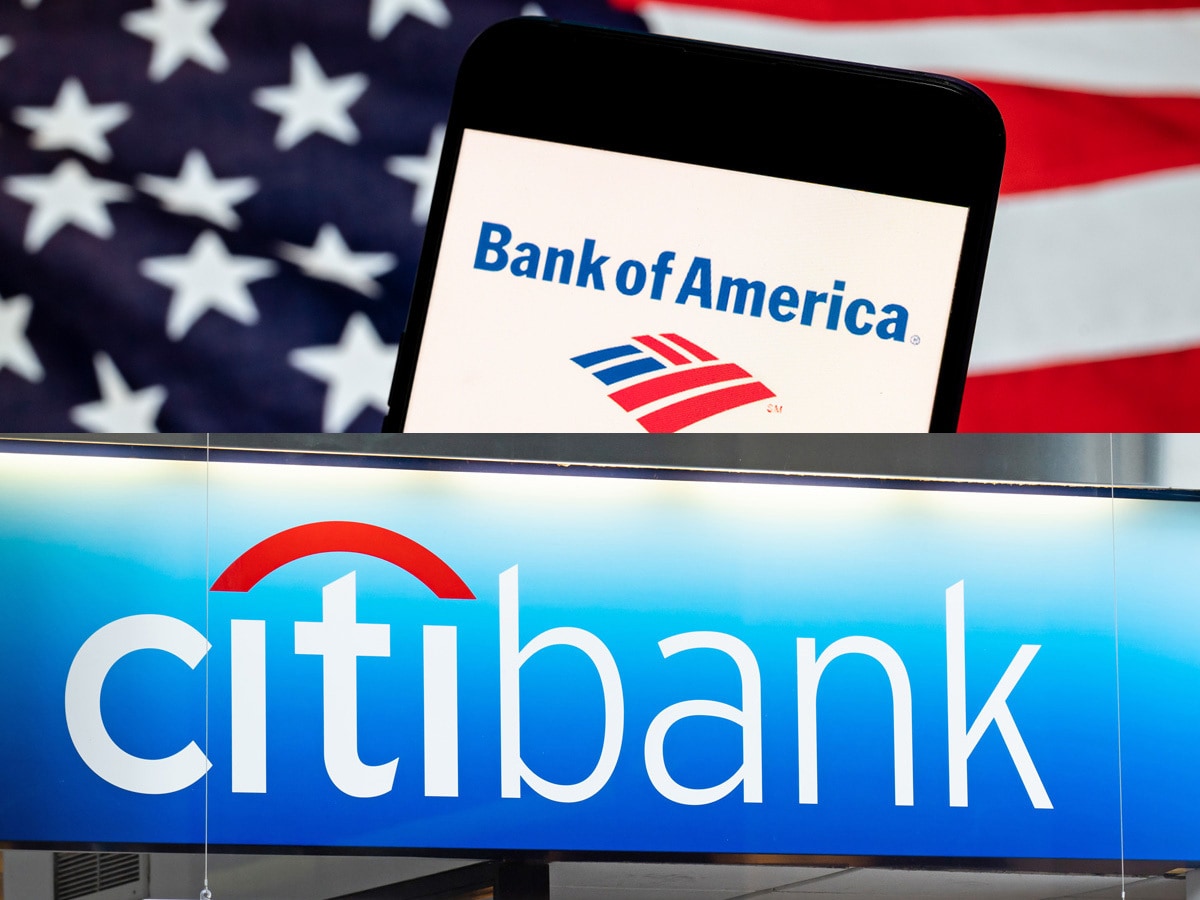The current Russia-Ukraine conflict has sowed more seeds of stagflation into the global macro space where current elevated inflationary pressures; the highest in 40 years seen in the US are likely to be reinforced by higher commodities prices that ranges from energy, agricultural, palladium and platinum due to the ramifications of the fallout via sanctions being imposed on Russia’s assets and agriculture supply chain disruption from Ukraine.
All in all, US Treasuries, the world largest fixed income market as inferred by the continuation of its yield curve flattening conditions have intensified the pricing of an increased odds of a mid-cycle global economic slowdown or end of cycle global recession within the next 12 months due to a further acceleration of inflation exuberated by the fallout between Russia and Ukraine that led to commodity supply chains disruption. Also, developed nations’ central banks such as the Fed still maintains its hawkish rhetoric on monetary policy tightening for 2022.
The spread of the US 10-year and 2-year Treasury yields has declined significantly since the start of the year on 3 January 2022 and just broken below the March 2020 pandemic level of 0.36%. It is now trading at 0.30% and getting closer to a yield curve inversion scenario where the rate on the 10-year US Treasury yield is lesser than the 2-year yield.
Technically, the MACD trend indicator (both its MACD line and histogram) is not showing any clear signs of bearish exhaustion which suggests that the major downtrend of the spread of the US 10- year and 2-yearTreasury yields remains intact and a further move to the downside in the next one to three months cannot be ruled out (the odds of a yield curve inversion scenario has increased).
Share prices of financial institutions with a heavy emphasis on commercial banking operations may face downside pressure and headwinds as a further flattening of the US Treasury yield curve erodes net interest income margins (NIM). As seen from the chart below, both the share prices of SPDR S&P Financials and S&P Banks exchange trade funds have moved in lockstep to the downside in line with the spread of the US 10-year and 2-year Treasury yields.
US Financials/Banks under downside pressure due to US Treasury yield curve flattening

Source: TradingView (click to enlarge)
Let’ us now examine the share price of Citigroup from a technical analysis with an expected time horizon of one to three months.
Citigroup at risk of a major bearish breakdown

Source: CMC Markets (click to enlarge)
- Citigroup has failed to stage a breakout above its 80.70 major resistance level (a range top that has capped previous up moves since January 2018) after it peaked on its 3 June 2021 high of 80.25. Thereafter, it staged a decline of -30% to print a recent low of 55.93 on 2 March.
- Based on current year to date performance as of 3 March 2022, Citigroup underperformed its respective sectors where it recorded a more pronounced loss of -4.6% versus a loss of -2.8% recorded on the SPDR S&P Financials ETF and a gain of +2% seen in the SPDR S&P Bank ETF.
- Citigroup is now challenging a major ascending trendline in place since the 18 March 2020 pandemic low of 32.00 and technical elements such as Elliot Wave/fractal analysis and momentum (RSI) are not showing any signs of a recovery or medium-term bullish reversal at this juncture.
- Hence, the odds are now more skewed towards the downside for Citigroup, watch the 69.15 key medium-term pivotal resistance (also the 200-day moving average) and a break with a daily close below 57.10 is likely to open up scope for a further potential decline towards the 46.40/4340 support zone (76.4% Fibonacci retracement of the entire up move from 18 March 2020 low to 3 June 2021 high & the gapped up formed on 6 November/9 November 2020.
- On the flipside, a clearance with a daily close above 69.15 sees a tactical rebound to retest 74.30 before the 80.70 major range resistance.






